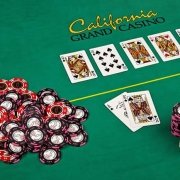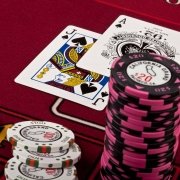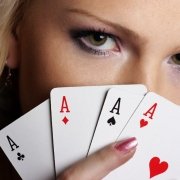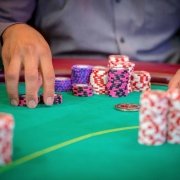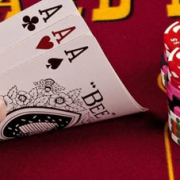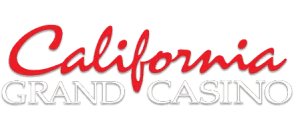Preflop Play in Omaha 8 or Better Part 2
Best Omaha Preflop Hands
In part 1 we discussed different types of A2 hands, and what qualities we look at when comparing them.
In this part we will look at some other types of hands, and consider when and how they might be played.
Wheel Aces with High Potential
These are the bread and butter hands of Omaha 8 or Better. Hands with an A that can make a wheel for the low, while also having cards with some high potential. Hands like:
AKT4 AQJ3 AJ46
A key concept with hands like these is that they will often play better with fewer players in the pot. As we discussed in part 1 the ability to make the nuts with a hand shoots dramatically up in importance as the pot goes multiway.
Hands in this category are excellent hands to play in pots with 2-3 total players.
High Hands
High hands, or hands that cannot make a low, are dangerous hands in Omaha 8. They will very rarely see a “clean’ flop where they know they will never have to split the pot with a low, and also rarely flop a hand so good that they can never be beat for high.
That’s why it’s important to only play the very best hands in this category, and be selective about when to play them.
Consider a hand like QsQcTs9h. In Omaha Hi this hand is a premium, hovering around the 5% rank. But in Omaha 8 or Better this hand is closer to the 35% mark, and it’s easy to see why. Let’s look at some flops:
Jh8h5s: This is one of the better flops for QQT9 where we flop an overpair an open ended straight draw, but against a reasonable 20% range of hands we are not even a favorite with only 43.5% equity.
K54: On common board types like this with a possible low and overcard our hand has only 30% equity and cannot continue.
J98: A slam-dunk board for us, and we still only have 75% equity against a reasonable range of 20% of hands.
We can actually graph how often our hand will be a favorite on the flop:
When evaluating high-only hands it’s important to remember a few points:
- They don’t do well in two player pots
- They don’t do well when your high cards will rarely draw to the nuts (IE AKQJ is much better than QJT9)
- They don’t want to pay a high-price preflop because they will frequently have to fold on the flop
Low Cards Without an A
Hands like: 2345 2456 3568
These hands fit into a category that is similar conceptually to high hands. They will rarely hit a flop in a very strong way, and will often have to fold immediately on the flop. They perform poorly in two player pots.
Just like with high hands it’s important to be very selective with which of these we play, and when we play them.
We want to make sure we plays hands that can hit flops hard, and that we are in position to maximize when we do. This means only playing the lowest, most connected versions of these hands. Hands like 5678 are complete trash and should always be folded. And it also means only playing these cheaply before the flop in hands that are most likely to go multi-way.
Bay Area poker players love the California Grand Casino. We have the best poker and the liveliest action in all of Northern California. For seven years in a row, the California Grand has been voted “Best Casino in the East Bay” and “Best local Gaming in the East Bay” by the readers of the Bay Area News Group, which includes the San Jose Mercury News, the East Bay Times, the Marin Independent Journal and bayarea.com. That is why they call it Hot Action Poker.™
Our Bay Area casino is open 24 hours a day, 365 days a year with fast paced Hold’Em and casino game action. We focus on what everyone wants: great games and service. Our staff is friendly and experienced, and as a result our poker games here are considered by many to be the best and with the most action in the Bay Area.

